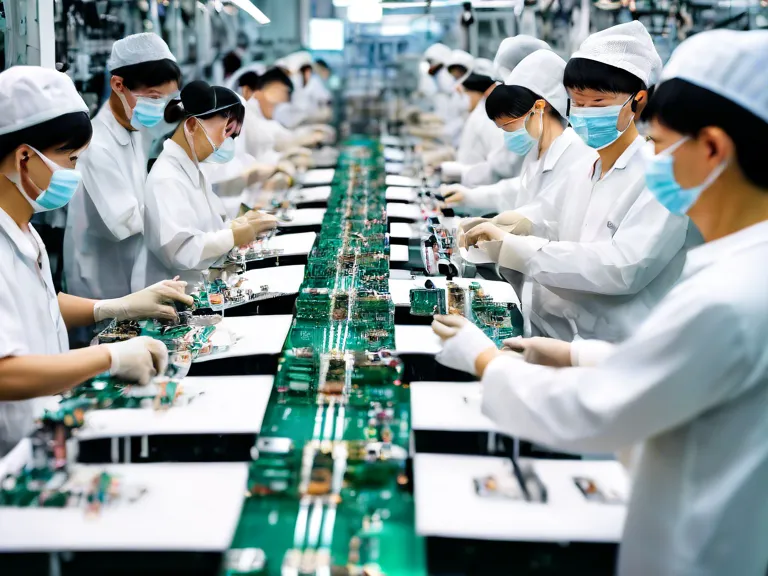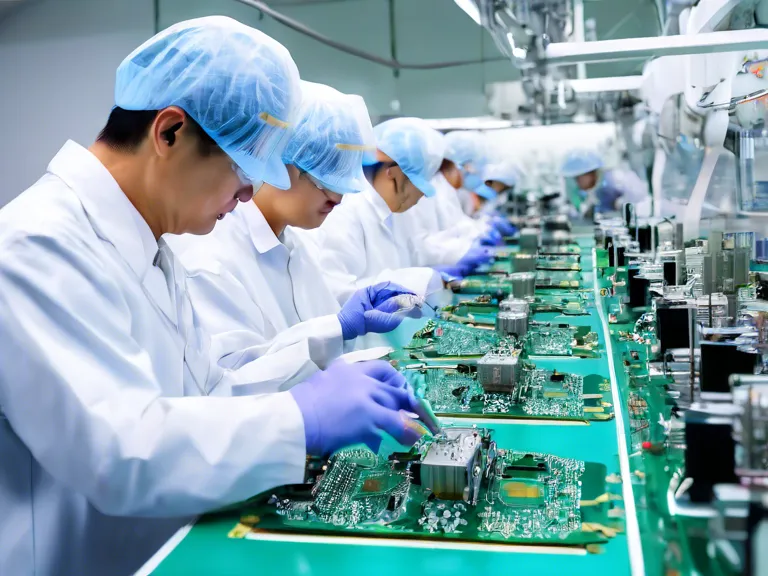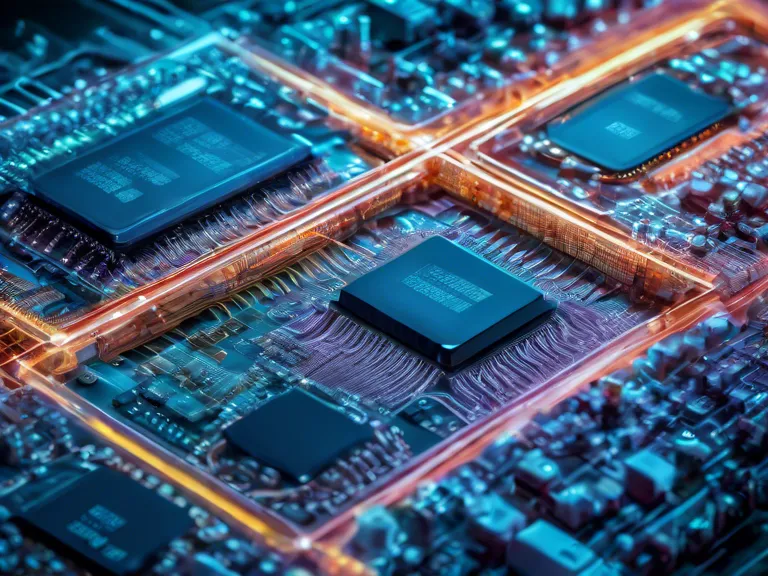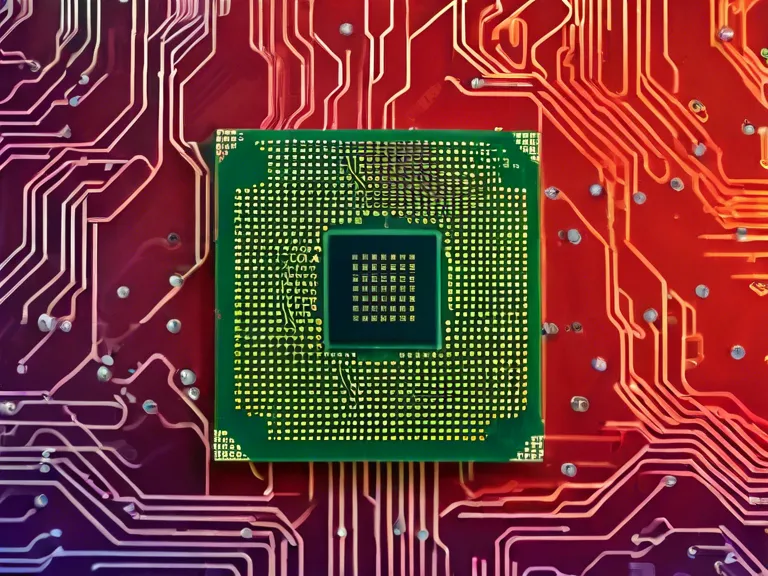
As the semiconductor industry continues to grow at a rapid pace, the race for dominance within the sector has intensified. While countries like the United States, South Korea, and Japan have historically been leaders in semiconductor manufacturing, China and Taiwan have emerged as key players in recent years. With both countries making significant investments in research and development, the outcome of this semiconductor race is becoming increasingly difficult to predict.
One of the main reasons why China and Taiwan have become major players in the semiconductor industry is their focus on innovation and technology. Both countries have heavily invested in developing cutting-edge semiconductor technologies, such as 5G, artificial intelligence, and Internet of Things. This has enabled them to compete with more established players in the industry and gain a foothold in the global market.
Another factor that has contributed to the rise of China and Taiwan in the semiconductor industry is their large and growing consumer markets. As the demand for electronic devices continues to increase in these countries, so does the need for advanced semiconductor technologies. This has created a virtuous cycle where the local demand drives innovation, which in turn strengthens the local semiconductor industry.
Despite their growth, both China and Taiwan face challenges in the semiconductor race. Taiwan, for example, relies heavily on a few key players, such as TSMC and MediaTek, which exposes it to risks in case of disruptions in the global supply chain. China, on the other hand, faces challenges related to intellectual property theft and trade tensions with other countries. These factors could potentially hinder their growth in the semiconductor industry.
In conclusion, the outcome of the semiconductor race between China, Taiwan, and the rest of the world is still uncertain. While both countries have made significant progress in developing advanced semiconductor technologies, they also face challenges that could impact their growth. It will be interesting to see how these factors play out in the coming years and which country emerges as the dominant player in the semiconductor industry.



